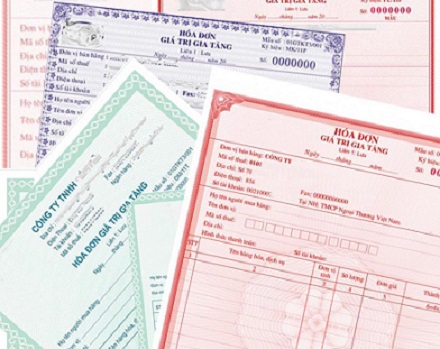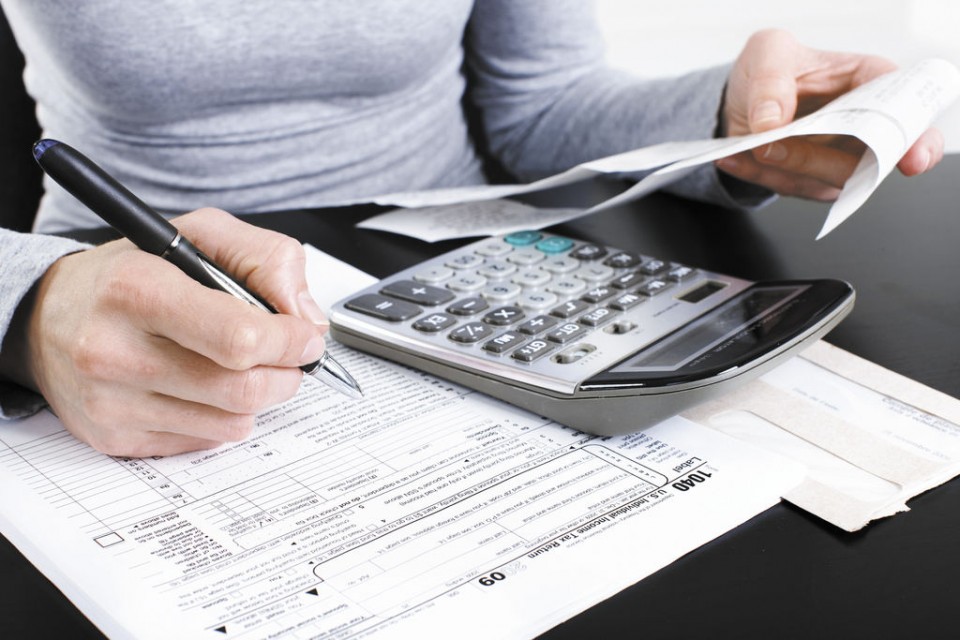Vietnam: 09 mandatory contents on invoices for purchase and sale of goods and provision of services
Recently, LAWNET has received many questions from customers and members about what content should be included in invoices for buying and selling goods and providing services. LAWNET would like to answer in the article below.

According to Vietnam’s current regulations, all contents of an issued invoice must be displayed on the same page, including:
1. Type of the invoice
- The type of the invoice must be displayed on each invoice.
Example: VAT INVOICE, SALE INVOICE, etc.
- If an invoice is also used as a document for bookkeeping or sale management, it may have an additional name written after the invoice type using a smaller font size or between round brackets.
Example: VAT INVOICE - WARRANTY NOTE, VAT INVOICE (WARRANTY NOTE), VAT INVOICE - RECEIPT, VAT INVOICE (RECEIPT), etc.
2. Invoice template numbers and invoice symbol
Invoice template number reflects the type of the invoice, copy numbers, and template number of a type of invoices (a type of invoice may have multiple templates).
Invoice symbol is meant to distinguish invoices with Vietnam’s alphabet and the last two digits of the year.
For ordered invoices, the last two digits of the year indicate the year in which the invoices are printed. For self-printed invoices, the last two digits are the year in which invoices started to be used according to the notification of invoice publication, or the year in which invoices were printed.
Example: Company X notifies the publication of 500 self-printed invoices on June 07, 2014, from No. 201 to No. 700. These 500 invoices are not used up by 2014. In 2015, company X may use up these invoices.
If company X does not want to keep using the published but unused invoices, the unused invoices shall be destroyed and a notice of new invoice publication shall be made.
3. Names of copies of an invoice
Copies of an invoice are the sheets of the same invoice number. Each invoice number must have at least 02 copies and not more than 9 copies, including:
- Copy 1 which is kept by the issuer.
- Copy 2 which is given to the buyer.
From the third copy onwards, the copies shall be named according to their functions decided by the invoice issuer. Every separate invoice provided by a tax authority must have 3 copies. The third copy shall be kept by the tax authority.
4. Ordinal numbers of invoices
Ordinal numbers of invoices are a series of natural numbers in the invoice symbol, which consists of 07 digits.
5. Name, address, taxpayer identification number (TIN) of the seller
6. Name, address, TIN of the buyer
7. Names of goods and services, units, quantities, unit prices of goods and services; Amount payable in numbers and in words
If a company uses the accounting software in conformity with the software system of the parent company which is a multinational corporation, the units shall be written in English in the same way as the software system of such corporation.
In a VAT invoice, apart from the line “unit price” which indicates price exclusive of VAT, there must be other lines indicating VAT rate and VAT amount. The total amount payable must be written both in numbers and in words.
8. The buyer and the seller must write their names, append the seller’s seal, and write the date on the invoice
9. Names of the printing facility. (hereinafter referred to as printing organization)
The name, TIN of the invoice-printing facility must be displayed on ordered invoices, including the ordered invoices used by the printing organization itself.
Note:
- Invoices must be written in Vietnamese. If a text must be written in a foreign language, it must be put between a pair of brackets () below the Vietnamese text, and must be smaller than the Vietnamese text.
- The numbers written on invoices are natural numbers: 0, 1, 2, 3, 4, 5, 6, 7, 8, 9.
- The total payment on the invoice must be written in words. The Vietnamese text without diacritics must ensure that the invoice is not misinterpreted.
- Invoices of the same template used by an entity must have the same dimensions (in case invoices are printed by cash registers using paper rolls, the lengths of invoice may vary according to the quantity of goods sold).
Legal bases:
♦ Circular No. 39/2014/TT-BTC of the Ministry of Finance of Vietnam;
♦ Circular No. 26/2015/TT-BTC of the Ministry of Finance of Vietnam;
♦ Circular No. 119/2014/TT-BTC of the Ministry of Finance of Vietnam.
- Nguyen Trinh -
- Number of deputy directors of departments in Vietnam in accordance with Decree 45/2025/ND-CP
- Cases ineligible for pardon in Vietnam in 2025
- Decree 50/2025 amending Decree 151/2017 on the management of public assets in Vietnam
- Circular 07/2025 amending Circular 02/2022 on the Law on Environmental Protection in Vietnam
- Adjustment to the organizational structure of the Ministry of Health of Vietnam: Certain agencies are no longer listed in the organizational structure
- Vietnam aims to welcome 22-23 million international tourists in Vietnam in 2025
-

- Vietnam: List of words that are allowed to be ...
- 14:22, 12/06/2019
-

- Vietnam: How to handle when making wrong invoices ...
- 11:50, 15/05/2019
-

- Vietnam: Handling incorrect issued VAT invoices
- 16:00, 06/07/2018
-

- Vietnam: 04 cases of late tax payment interest ...
- 09:43, 08/05/2017
-

- Notable new policies of Vietnam effective as of ...
- 16:26, 11/04/2025
-
.Medium.png)
- Notable documents of Vietnam in the previous week ...
- 16:21, 11/04/2025
-
.Medium.png)
- Notable documents of Vietnam in the previous week ...
- 16:11, 02/04/2025
-
.Medium.png)
- Notable new policies of Vietnam to be effective ...
- 16:04, 02/04/2025
-
.Medium.png)
- Notable new policies of Vietnam effective from ...
- 14:51, 21/03/2025
 Article table of contents
Article table of contents
